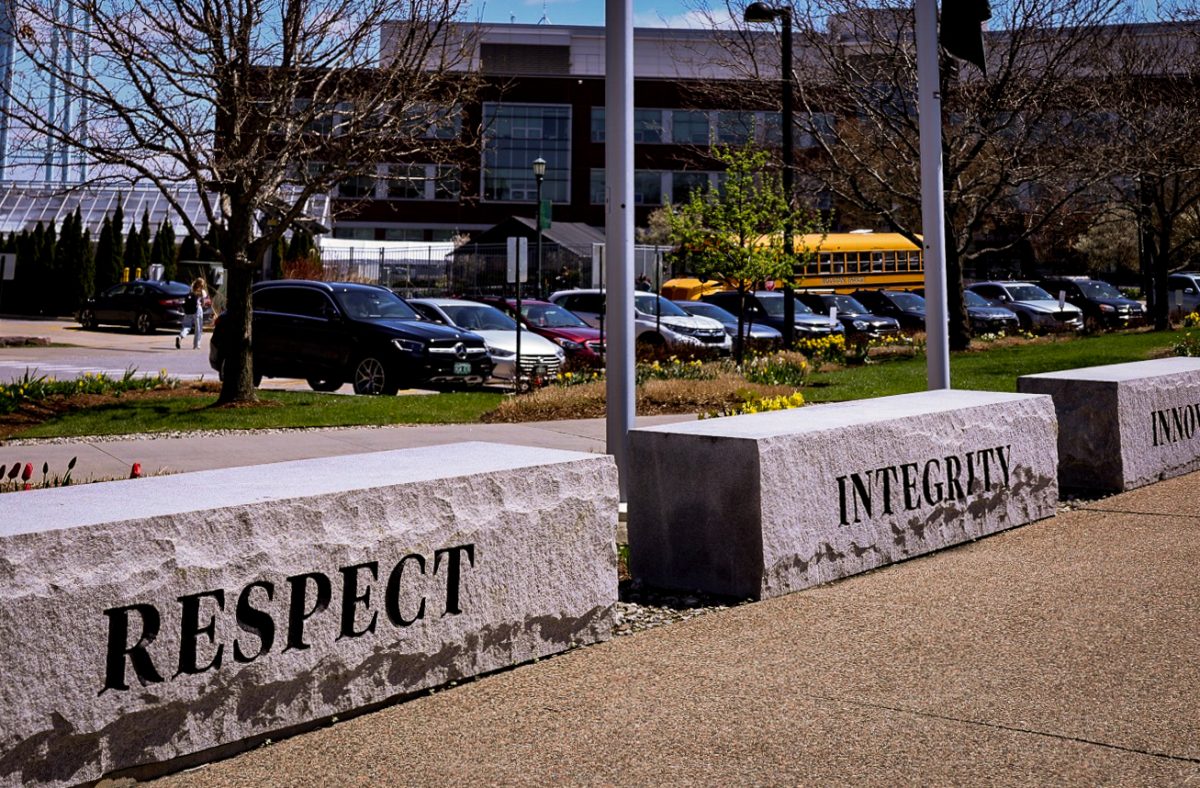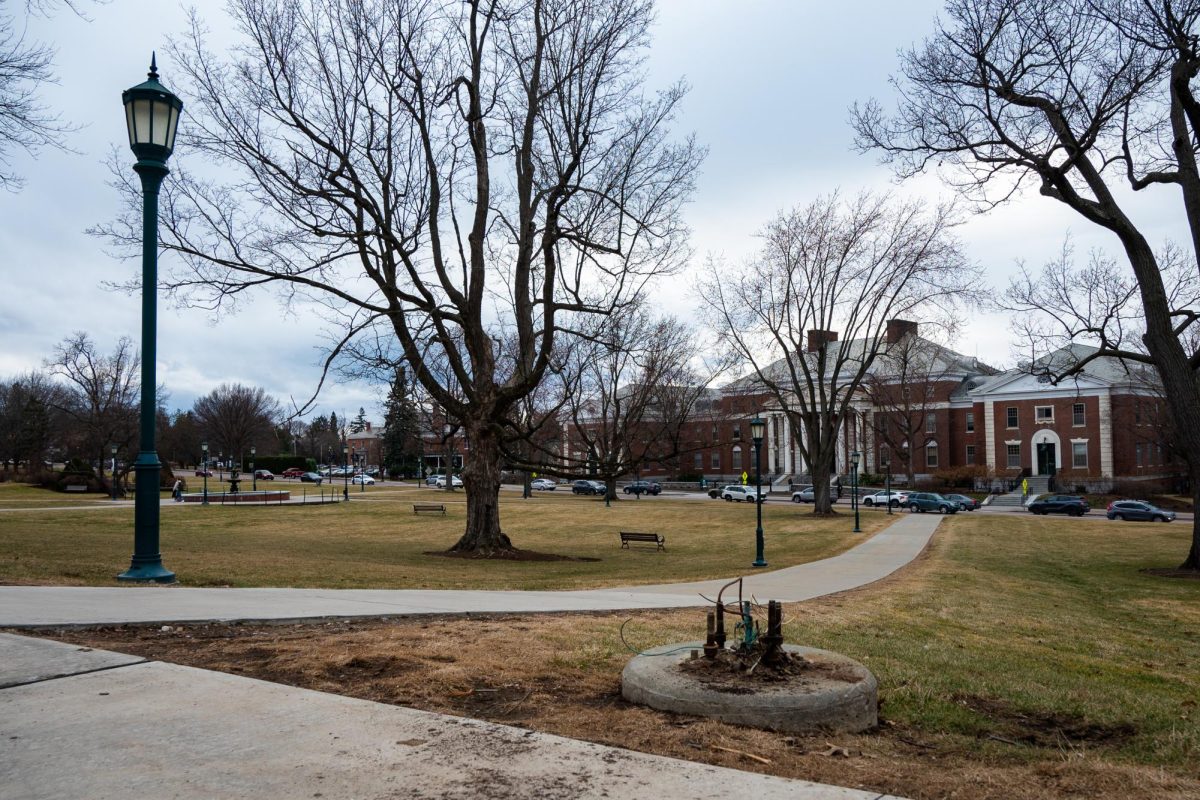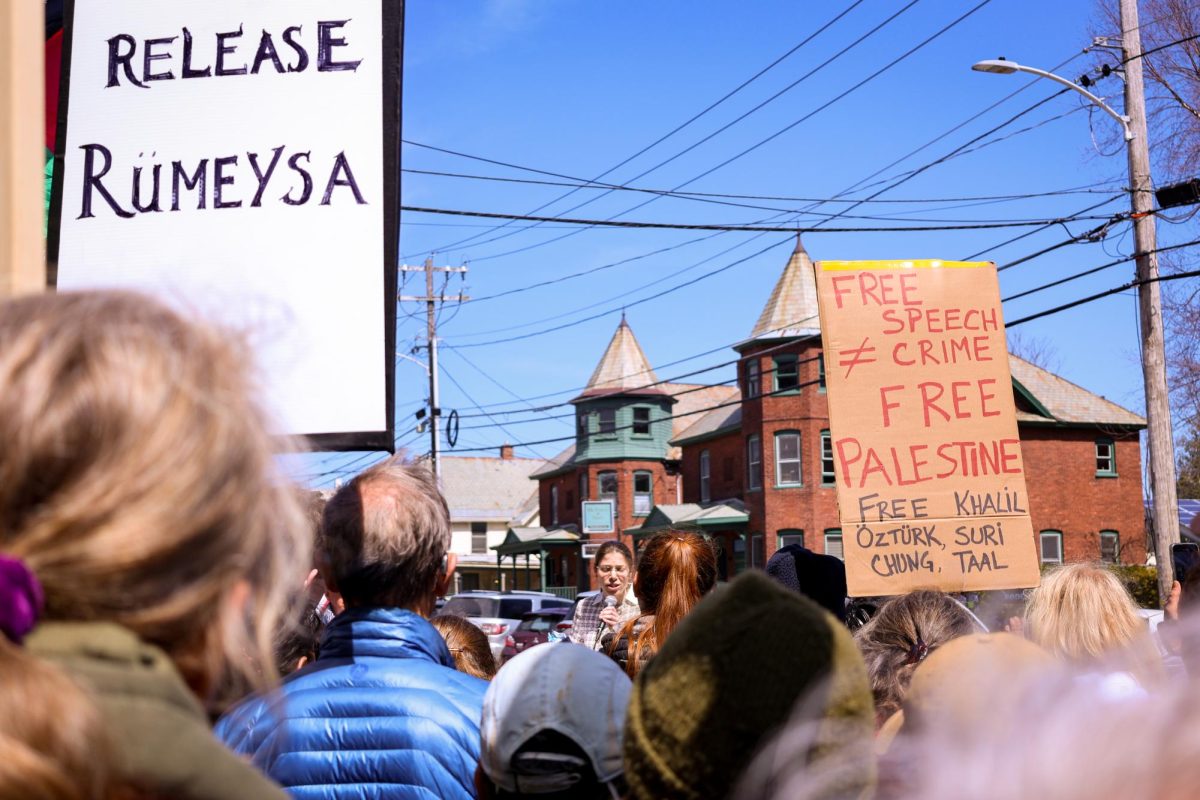The following environmentally related statistics were published in the UVM Environmental Council’s 1990-2000 Environmental Report Card. The document, Tracking UVM is available at www.uvm.edu/greening/trackinguvm.htmlAcademic core campus land use:75%: greenspace10%: parking lots9%: buildingsTransportation and parking:65%: percentage of parking spaces designated for faculty and staff29%: percentage student parking spaces decreased from 1990-200040%: percentage faculty and staff parking spaces increased from 1990-20006%: rate faculty and staff use mass transit2%: national mass transit use rate16: average one-way commute for faculty and staff, in milesSources of greenhouse gas emissions in 2000:60%: heating fuels20%: transportation8%: electricity 2%: solid waste disposal, agriculture, refrigerantsElectricity sources in 2000 (from Burlington Electric Department):48%: nuclear20%: biomass (wood)11%: natural gas10%: hydroelectric1%: coal1%: methane (landfill gas)Total energy sources in 2000 (heating, electricity, transportation combined):68%: fossil fuels 20%: nuclear 8%: renewable4%: hydroelectricWhat was recycled in 2001:44%: paper17%: cardboard13%: containers 9%: scrap metal8%: compost6%: wood3%: otherRecycling facts:85%: percentage of students who say recycling is convenient at UVM24%: rate UVM’s recycling decreased by from 1996 to 200125%: estimated percentage of items that could be recycled, by weight, in residence halls’ trash Destinations and methods of disposal for UVM’s waste:Chemical waste: incinerated in ILPlastic: recycled in Quebec, NC, GARadioactive waste: incinerated in FL, buried in SCBiohazardous waste: incinerated in RIComputers: recycled in MAAluminum: recycled in NYPaper: recycled in NY and QuebecTrash: buried in VT46%: percentage laboratories contribute to hazardous waste generation 50%: percentage residence halls contribute to solid waste generation 81%: rate radioactive waste decreased by from 1990-2000Be part of the solution! Find out more about UVM’s Environmental practices at: www.uvm.edu/greening
Eco Mind
Eco-Mind
VSTEP (Vermont Student Environmental Program), was established in the fall of 1988.? VSTEP was created as a student-run non-profit organization dedicated to coordinating environmental activities and to researching and implementing solutions.? Initially, VSTEP plunged into the arena of solid waste management.? During the spring semester of 1989, VSTEP members drafted a Solid Waste Management Plan for the University of Vermont and brought this plan to the Staff Council, Faculty Senate, Student Senate, and President’s Office.? As a result of these efforts, a task force was created, 50 students in the “Trash Class” wrote a Comprehensive Solid Waste Management Plan, and UVM’s recycling program was expanded.?? This year VSTEP has several things planned. We are carrying over our CUPPS (Can’t Use Paper Plastic Styrofoam) program. You should be seeing these sometime this winter and they will be FREE! Also we are planning to start a bike co-op on campus. This program will allow students to ride University owned bikes for a yearly cost of $5 to rent a key for the locks. We are also certifying departments on campuses as “green” offices. If you are interested in helping “green” the university, come to our meetings Monday in Billings Great Hall at 8pm! If you would like more information on VSTEP, contact Dave Santucci at dsantucc@uvm.edu or Kirsten Beneke at kisten.beneke@uvm.edu If you have questions about this column, or would like to participate, please email Tiffany at tiffanysequoiashaw@yahoo.co







